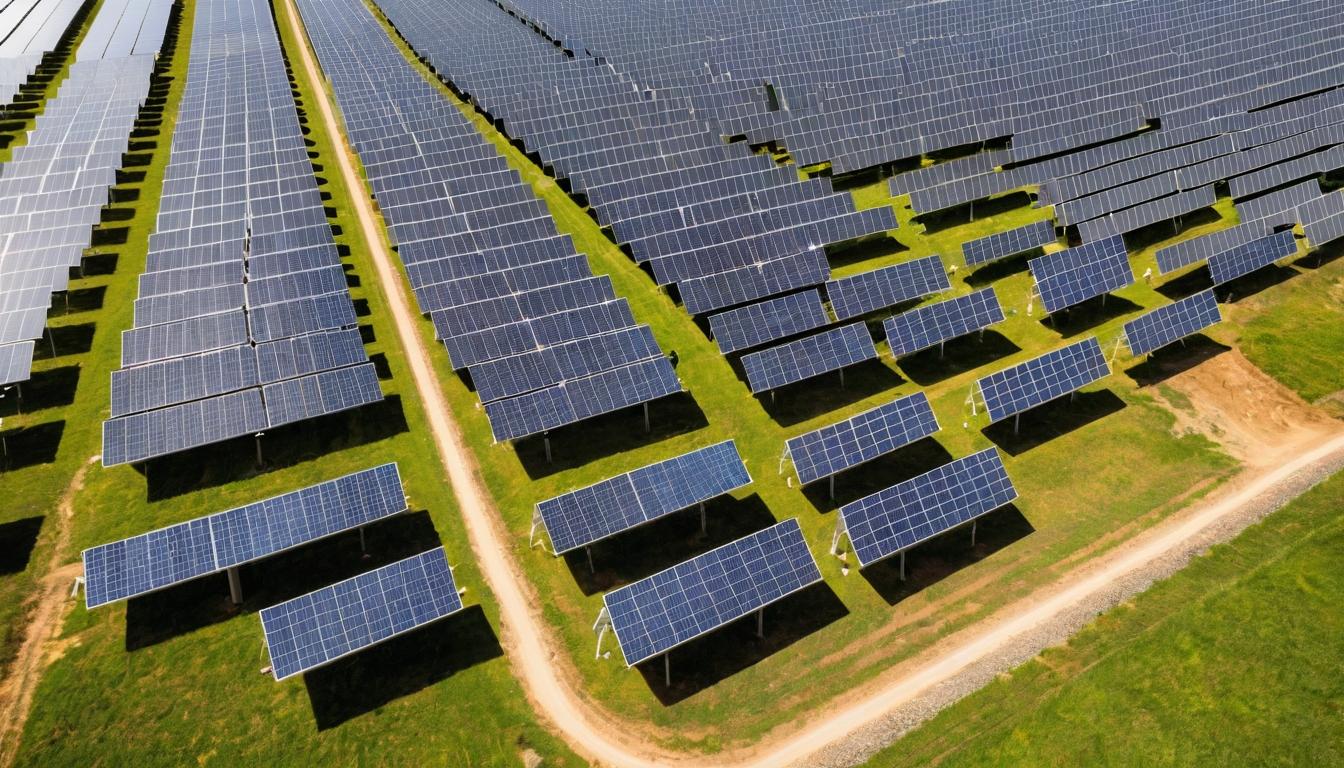The sun doesn't discriminate, but the solar industry certainly does. While headlines celebrate record-breaking solar installations and plummeting panel prices, a deeper investigation reveals a landscape of haves and have-nots, technological marvels gathering dust in warehouses, and policy battles that could determine whether clean energy becomes a luxury good or a public utility.
Walk through any suburban neighborhood in Arizona or California, and you'll see the evidence everywhere—gleaming blue panels angled toward the sky like sun-worshipping insects. What you won't see are the homes without them, the rental properties where tenants can't benefit, the historic districts where preservation committees treat solar arrays like architectural blasphemy. The solar divide isn't just about income; it's about access, property rights, and a regulatory maze that favors homeowners with good credit and south-facing roofs.
Meanwhile, in research labs from Colorado to Germany, scientists are pushing the boundaries of what solar technology can do. Perovskite cells that can be printed like newspaper, bifacial panels that capture light from both sides, floating solar farms that reduce evaporation while generating power—these innovations sound like science fiction, but they're sitting on shelves waiting for manufacturing scale and investor courage. The gap between laboratory breakthroughs and rooftop reality has never been wider, nor more frustrating.
Utility companies, those legacy giants of the energy world, are playing both sides of the solar revolution. They're investing in massive solar farms while simultaneously lobbying for fees that make rooftop solar less economical for homeowners. It's a classic case of wanting to control the disruption rather than be disrupted. The result? Battles over net metering policies that determine whether your excess solar power earns you credit or becomes a donation to the grid.
Supply chain dramas worthy of a corporate thriller are unfolding behind the scenes. Tariffs on imported panels create temporary advantages for domestic manufacturers, then disappear just as factories come online. Shipping container shortages during peak demand seasons leave projects stranded without equipment. The semiconductor shortage that plagued car manufacturers? Solar inverters use the same chips, creating bottlenecks that delay installations for months.
Community solar projects offer a promising alternative—shared arrays where multiple households can subscribe without installing anything on their roofs. But these projects face their own obstacles: zoning battles, utility resistance, and complex subscription models that confuse potential participants. The concept is elegant—democratizing solar access—but the execution often gets bogged down in bureaucracy and competing interests.
Then there's the storage question. Solar panels only produce when the sun shines, making battery systems the essential partner in the clean energy dance. Lithium-ion prices are dropping, but new chemistries like iron-air and flow batteries promise even cheaper, longer-lasting storage. The race isn't just about generating clean power; it's about building an entire ecosystem that can function when the sun sets.
Workforce development presents another critical challenge. The solar industry needs installers, electricians, designers, and salespeople—tens of thousands of them—to meet growing demand. Training programs are springing up, but they can't keep pace with the industry's expansion. The result? Installation delays, quality control issues, and frustrated customers who expected their solar dreams to materialize faster.
International politics casts a long shadow over the solar landscape. Relationships with China dictate panel prices, while European energy crises create both warnings and opportunities for American solar. The Inflation Reduction Act unleashed a wave of domestic manufacturing announcements, but turning those announcements into operational factories requires navigating supply chains, workforce shortages, and the inevitable bureaucratic hurdles.
What emerges from this investigation isn't a simple story of solar triumph, but a complex portrait of an industry at a crossroads. Technological potential outstrips implementation capacity. Policy incentives conflict with utility interests. Innovation races ahead while installation crews struggle to keep up. The solar revolution is real, but it's messy, contested, and far from guaranteed to benefit everyone equally.
The most exciting developments might be the ones happening off-grid entirely. Solar-powered microgrids in remote communities, portable panels for disaster response, integrated systems that power electric vehicle charging—these applications bypass traditional energy infrastructure entirely. They represent not just an alternative power source, but an alternative way of thinking about energy: decentralized, resilient, and adaptable.
As the industry matures, the questions become more profound. Will solar remain a premium product for those who can afford the upfront investment, or will it become as ubiquitous as satellite television? Will utilities adapt to become managers of distributed energy networks, or will they fight to maintain their centralized control? The answers will determine not just our energy future, but the very structure of how we power our lives.
The solar revolution is quietly transforming American energy, but not everyone's invited to the party

